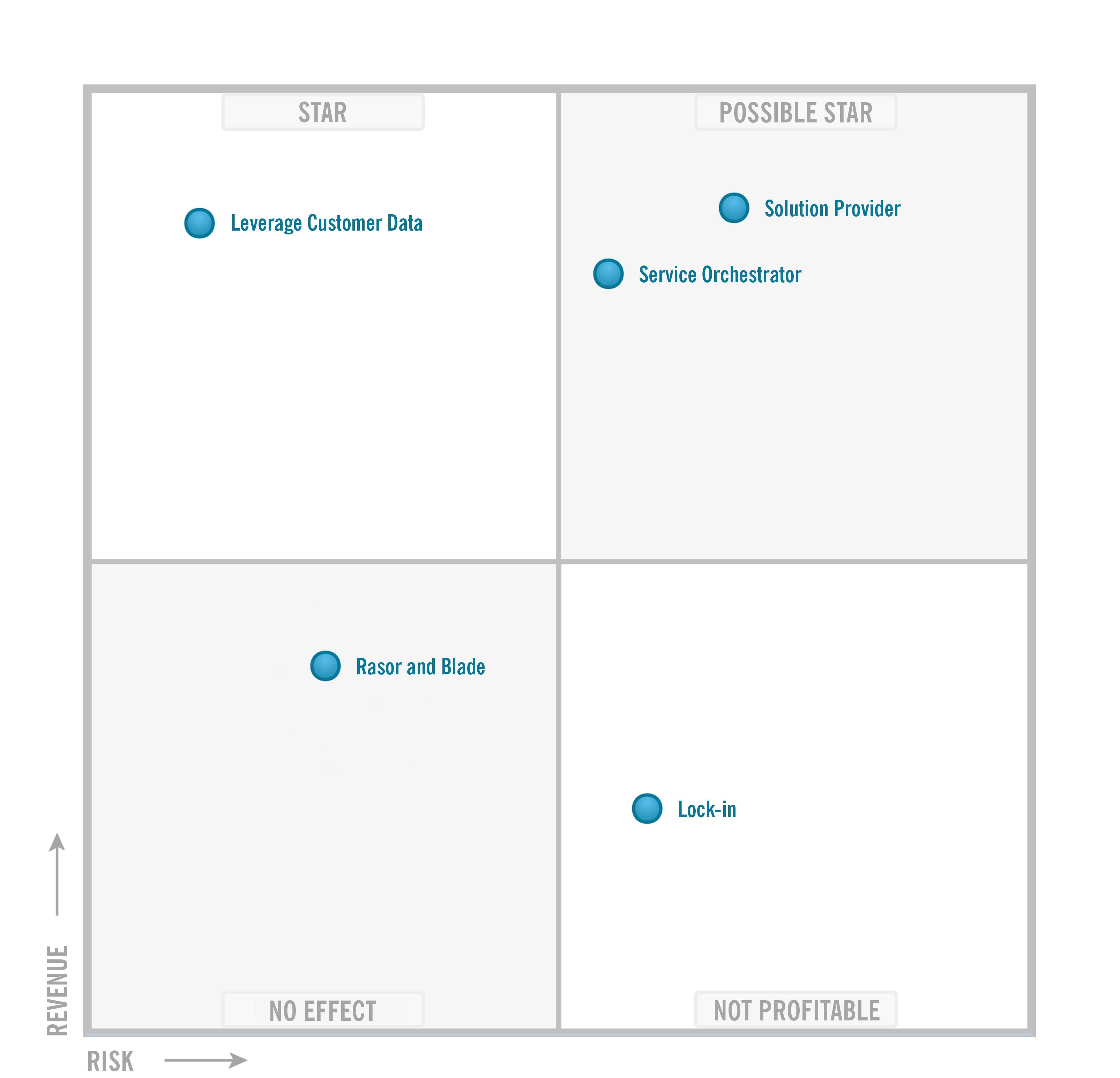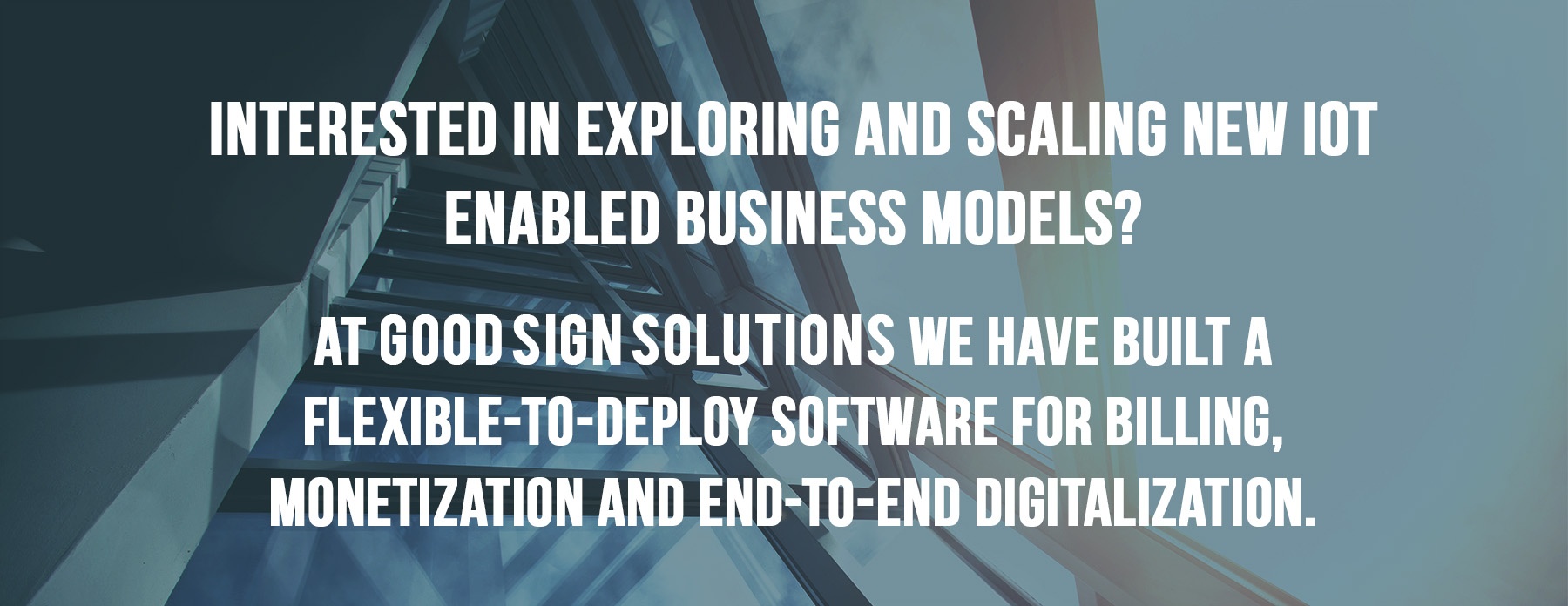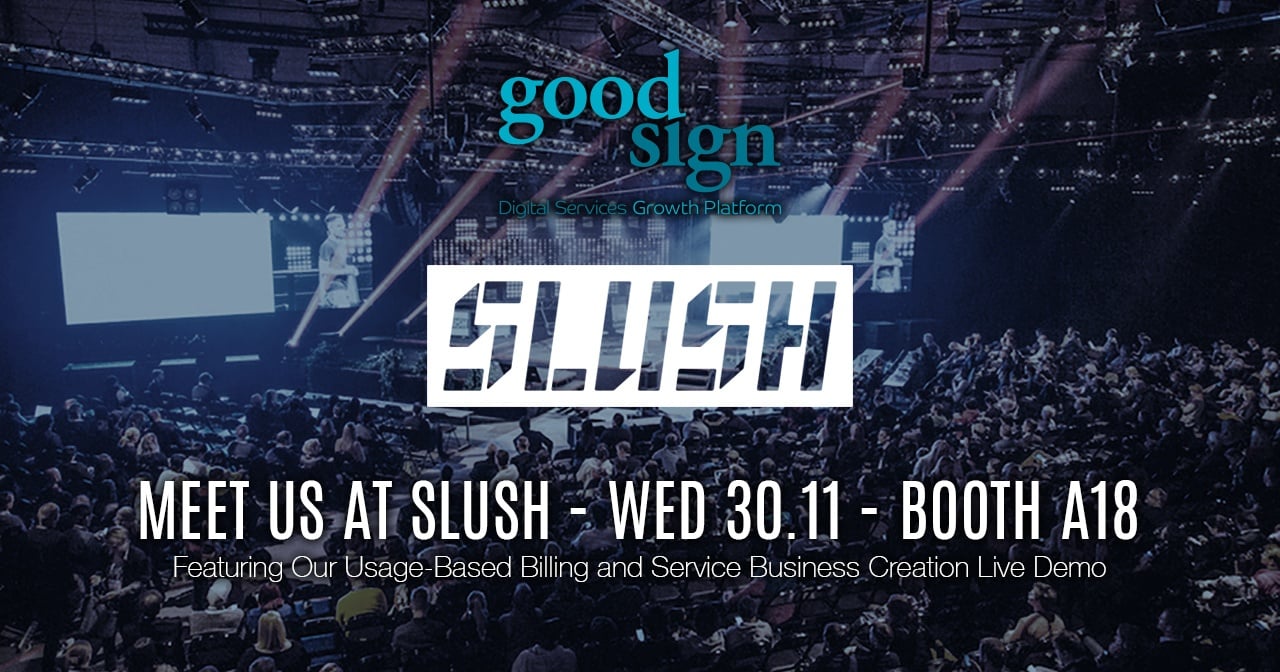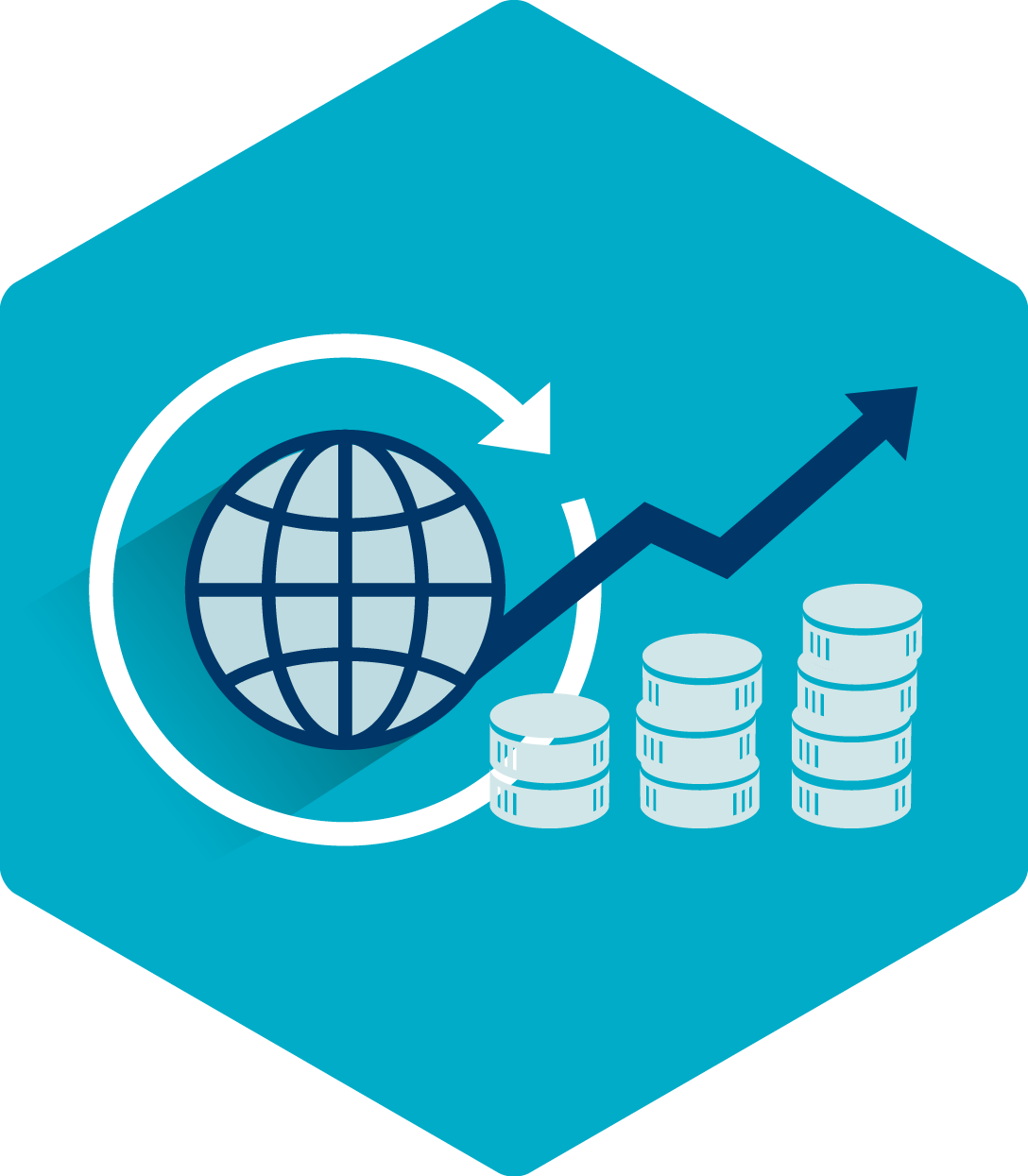Good Sign - Live at Slush - Wed Nov 30th
Good Sign at the tech event of the year, Slush 2016.

When I wrote my master’s thesis about “Defining IoT business models in B2B” I did not yet have a full view on how this kind of services are affecting daily business operations. One major point in my thesis was that companies have two viewpoints: tactical and strategic. Tactical goals a company wants to achieve straight away. Strategic goals are the targets linked to the company vision.
I am now enjoying a hands-on view to digital opportunities. After joining Good Sign, my daily work is about implementing Good Sign’s service business solution for companies to make it easy and fast to achieve tactical targets while bringing the capabilities to achieve strategic goals.
IoT provides data. Following charging based on delivery data, utilizing device and sensor data, and optimizing offering and operations based on cost and profit data are key factors in today´s business life for achieving tactical targets.
By gathering this data and analysing it, companies are also able to act on strategic targets. For example, to create new business models based on understanding of the data.
Product purchase is an upfront investment, where traditionally lease and loan have been used as tools. Both B2C and B2B customers are becoming more and more willing to pay-per-use. Suppliers are launching new service offering models. Also leasing businesses are introducing flexible pay-per-use models.
B2B customers want to have an accurate picture about product´s life cycle and efficiency of use, and how those can be improved. Suppliers utilize IoT data and also bring the data to customers with recurring revenue business models.
Recurring revenue also aligns well with sustainability and environment friendly expectations, as data often enables for example process optimization and better utilization. In a recurring relationship customers can rely on suppliers exercising a long term view.
Recurring revenue model is definitely growing. Service transformation is here today.
One way to analyse business models from the IoT perspective is to use a risk-and-revenue-matrix.
Below is a matrix table, which I used in my thesis. Revenue is shown in the vertical axis. Risk is shown in the horizontal axis. If the revenue value of the business model is evaluated high, and risk value is low, the business model is “Star”. If the revenue and risk indexes are both high, the business model is a “Possible Star”. If revenue value is low and risk seems high, the business model is classified “Not Profitable”. If the business model has low revenue and no risks it means “No Effect”.
The following chart shows key opportunity findings for the companies analysed in my thesis:

Business model opportunity analyses
In the matrix, we can see that the ‘Leverage Customer Data’, which means catering data of the product´s lifetime and improving it, is viewed a very potential business model from the IoT perspective. The ‘Solution Provider’ and the ‘Service Orchestrator’ models seem also very potential even though risks are higher.
On the other hand, for example the “Lock-in”, to use the product with a digital handshake, is not seen very potential. Also the “Razor and Blade” model requiring high priced compatible consumables, is regarded old fashioned in the IoT world.
PS: For those of you fluent in Finnish: If you want to get familiar with academical perspective, here is a link to my thesis work.


Good Sign at the tech event of the year, Slush 2016.
A Common Goal. Making Internet of Things (IoT) Work in Industrial Internet. All of us following the industry know that companies are largely making...

The Long Journey to Digital Economy As for today, it might seem that we have travelled far with the opportunities brought to us by digitalization....